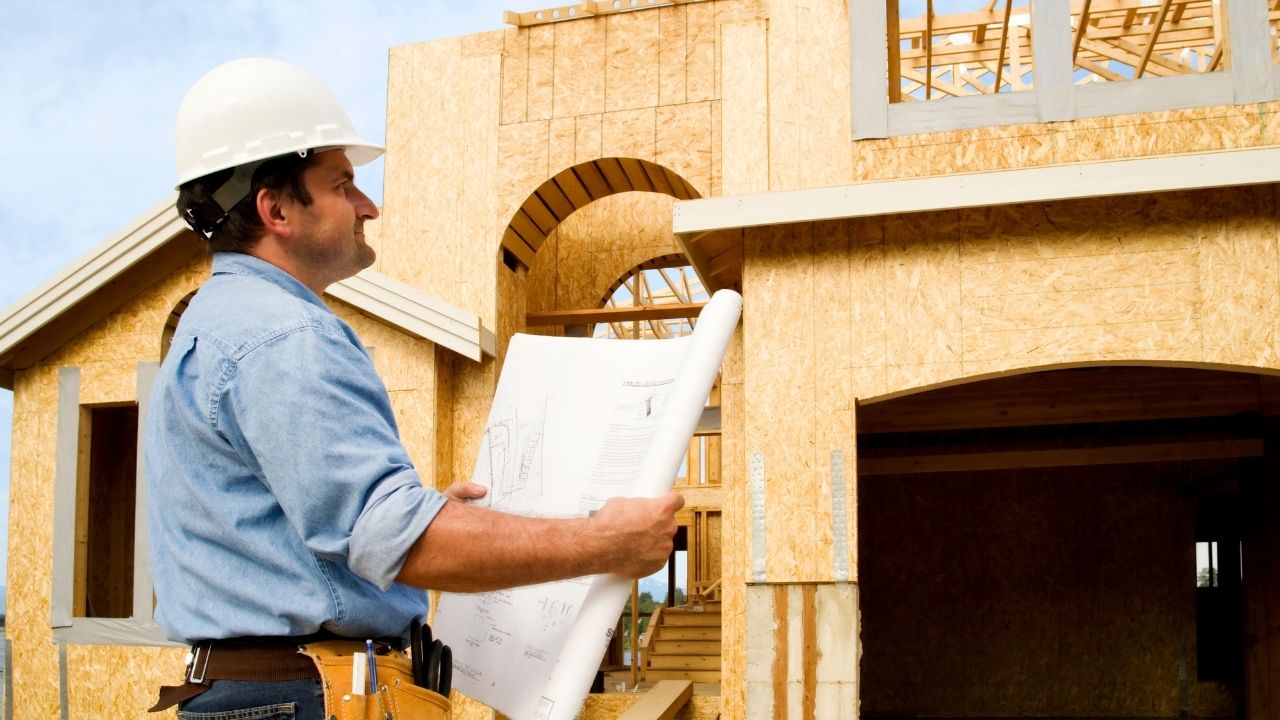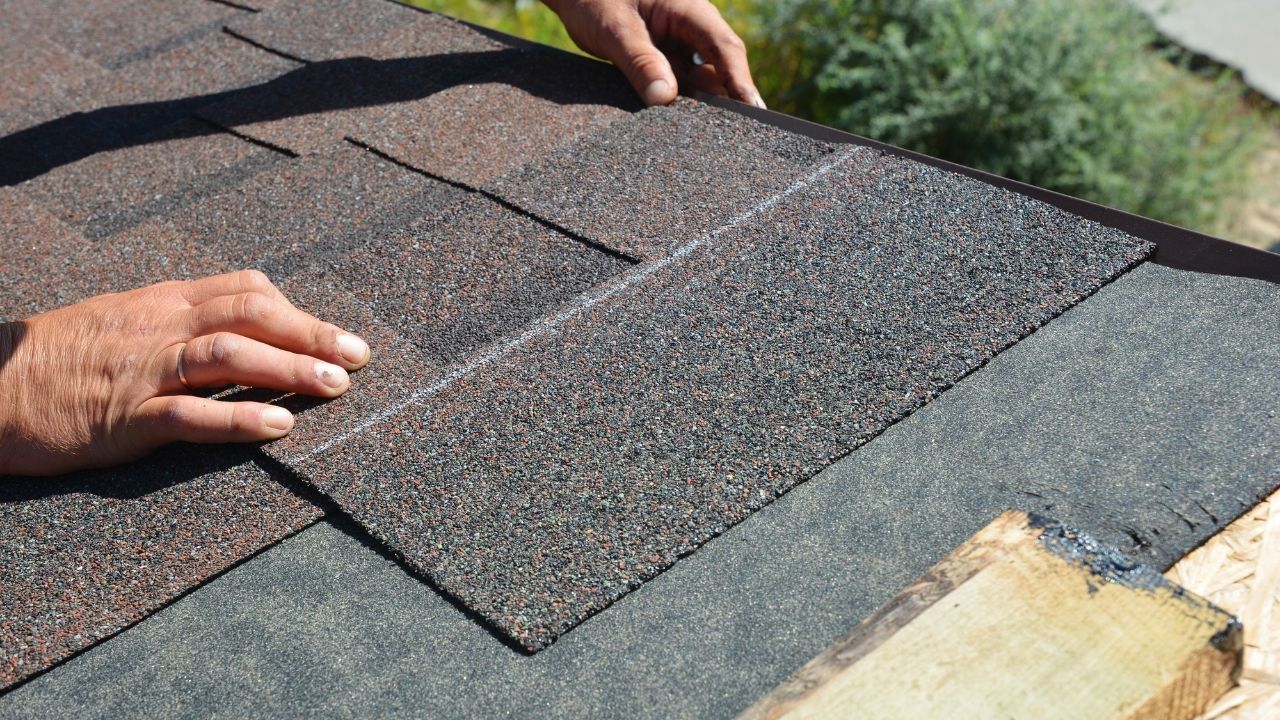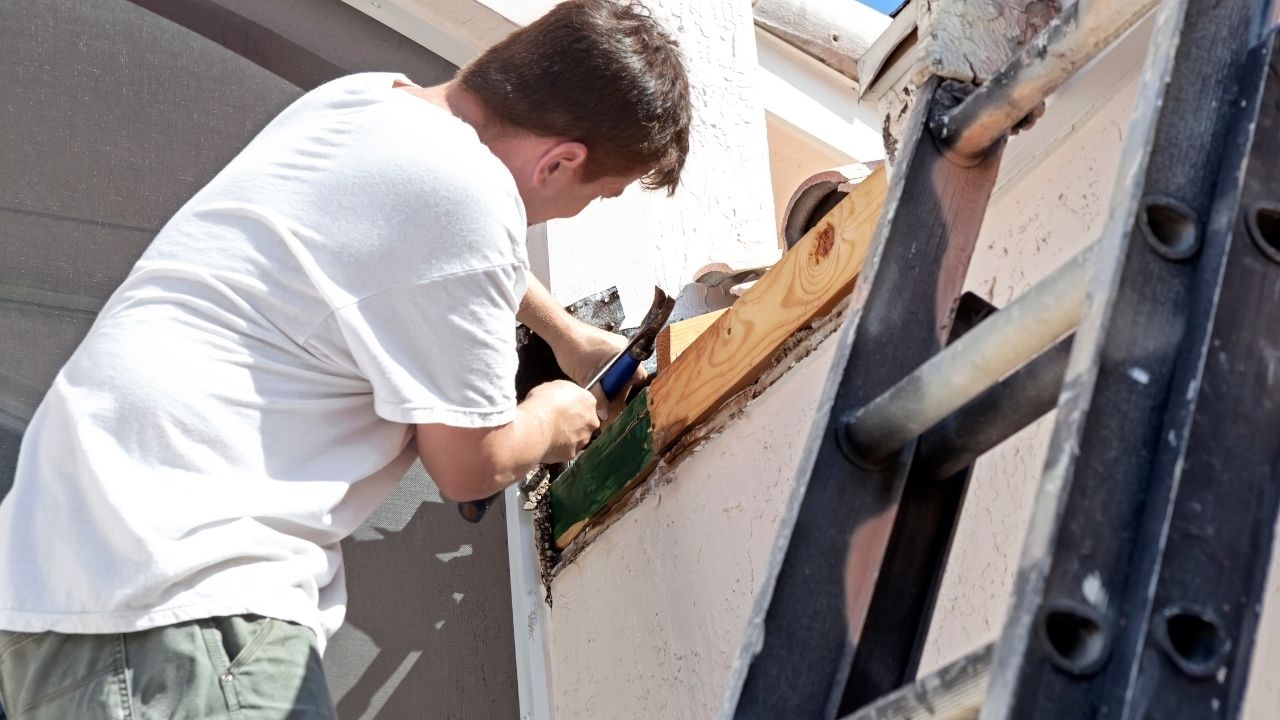
For builders and roofers, the NRCA ES-1 Contractor Edge System Program is an excellent choice for their roofs. This program is free to use and allows them the freedom to choose from various edge metal profiles. You can have your products customized to suit your needs. Thunderbird Products can provide fast, efficient fabrication for all types of profiles. They also offer affordable shipping at a maximum cost of $1,000 per box. Thunderbird Products offers edge metal systems. Contact us today to learn more.
ES-1 is a comprehensive standard that covers roof edges. It outlines a numerical analysis for determining the design wind loads and provides three test methods to determine how these roof edges hold up. This testing confirms that edge metal products are more resistant to wind than the required wind loads for construction. You can learn more about this roofing product by contacting a manufacturer, licensed contractor, or asking questions.

IBC 2018 doesn't adopt the ES-1 design wind loads determination procedure. Instead, it requires that design wind loads be calculated based on ASCE 7-16, the minimum design standards and associated criteria for buildings. These wind loads must be recorded in project construction documents, according to the IBC. To learn more about the ES-1 certification process, visit the NRCA website. You can find out if your edge metal flashing conforms to the code by reading the ES-1 article.
To install edge metal, you should install them at all edges of the roof. These drip edge metal pieces should go under the first row and over the gutter. The guide will show you how to install drip edges. Most roofs will require the installation of metal strips. This will help to maintain the roof's integrity.
Install drip edge steel using 36 gauge or greater. This will help prevent rust. This will help prevent rust. The drip edge must be installed in a recessed area on a sloped roof, to keep water from getting into the gutter. It is an essential component of the roof. It will enhance the aesthetic appeal and value of your home, depending on your budget.

A drip edge is a special kind of drip metal. It channels water away the roof edge. It protects wood from moisture. Most roofing systems are made out of plywood or 1x6 dimension lumber. The roof's edges are susceptible to moisture absorption and can deteriorate. This is why a drip eave is so important. It will protect surrounding roof materials from any damage. The drip eave protects against wind-driven debris and erosion.
FAQ
Are permits required to renovate my home?
Yes. You will need permits to start any home renovation project. You will require a building permit as well as a plumbing permit in most cases. A zoning permit may be required depending on what type of construction you are doing.
Can I rent a dumpster?
To help you get rid of the debris from your home remodeling project, you can hire a dumpster. Renting out a dumpster is an excellent way to keep your yard tidy and free from debris.
How Much Does It Cost To Renovate A House?
The type of material, the project size and the complexity of renovations will all impact the cost. Some materials like wood need additional tools, like saws or drills, while others like steel don't. The price of renovations depends on whether you hire a contractor to do the job or if you are willing to do the work yourself.
The average cost of home improvement projects ranges from $1,000 to $10,000. The average cost of home improvement projects would be between $5,000 and $25,000. If you hire professionals, the cost would be between $5,000 and $25,000. However, if the task is done entirely by yourself, the cost could rise to as high as $100,000.
It is important to know that renovation costs can be affected by many factors. The cost of renovation depends on the material used (e.g. brick vs concrete), the size of the project, the number of workers involved, the length of the project, etc. These are important considerations to remember when estimating total renovation cost.
How long does it usually take to renovate your home?
It depends on the size of the project and the amount of time that you spend each day. The average homeowner spends between three to six hours per week on the project.
How can you renovate your house without spending a lot of money?
These are the steps to follow when renovating your house without spending a lot of money.
-
Plan your budget
-
Find out what materials you need
-
Decide where you want to put them
-
Make a list with the items you need to purchase
-
Figure out how much money you have available
-
Plan your renovation project
-
Get to work on your plans
-
Do some research online
-
Ask your family and friends for assistance
-
Get creative!
Is it better for a contractor to hire or a subcontractor to do the job?
The cost of hiring a general contractor can be higher than that of a subcontractor. General contractors usually have many employees. This means that they charge their clients much more for labor. On the other hand, a subcontractor only hires one employee, so he or she charges less per hour.
How can I prevent being scammed when renovating my house
To avoid being scammed, it is essential to fully understand the terms of your contract. It is important to carefully read all terms and conditions before signing any contract. Do not sign unsigned contracts. Always request copies of signed contracts.
Statistics
- The average fixed rate for a home-equity loan was recently 5.27%, and the average variable rate for a HELOC was 5.49%, according to Bankrate.com. (kiplinger.com)
- ‘The potential added value of a loft conversion, which could create an extra bedroom and ensuite, could be as much as 20 per cent and 15 per cent for a garage conversion.' (realhomes.com)
- Most lenders will lend you up to 75% or 80% of the appraised value of your home, but some will go higher. (kiplinger.com)
- A final payment of, say, 5% to 10% will be due when the space is livable and usable (your contract probably will say "substantial completion"). (kiplinger.com)
- According to the National Association of the Remodeling Industry's 2019 remodeling impact report , realtors estimate that homeowners can recover 59% of the cost of a complete kitchen renovation if they sell their home. (bhg.com)
External Links
How To
How do I plan a whole house remodel?
Planning a home remodel takes planning and research. Before you start your project, here are some things to keep in mind. The first thing you need to decide is what kind of home improvement you want to make. There are several categories you can choose from, such as bathroom, kitchen, bedroom, living area, and so on. Once you've chosen the category you want, you need to decide how much money to put towards your project. If you have never worked on homes, it is best to budget at most $5,000 per room. If you have some previous experience, you may be capable of getting away with a lower amount.
Once you've determined the amount of money you can spend, you need to decide how large a job you want. If your budget only allows for a small renovation of your kitchen, you will be unable to paint the walls, replace the flooring or install countertops. On the other side, if your budget allows for a full renovation of your kitchen, you'll be able do just about any task.
Next, find a contractor that specializes in the project you are interested in. You'll get high-quality results and save yourself lots of headaches down the line. Once you have found a reliable contractor, it is time to start gathering supplies and materials. It depends on how large your project is, you might need to buy everything made from scratch. However, you won't have to worry about finding the exact item you are looking for in the many pre-made shops.
After you've gathered all the supplies you need, it's time to begin making plans. The first step is to make a sketch of the places you intend to place furniture and appliances. Next, design the layout of your rooms. Make sure that you leave space for plumbing and electrical outlets. Visitors will be able to easily reach the areas that are most frequently used near the front doors. Final touches to your design include choosing the right colors and finishes. Avoid spending too much on your design by sticking to simple, neutral colors and designs.
Now that you're finished drawing up your plan, it's finally time to start building! Before you begin any construction, make sure to verify your local codes. While permits are required in some cities, homeowners can build without one in others. Before you can begin construction, remove any walls and floors. To protect your flooring, you will lay plywood sheets. You will then attach or nail pieces of wood together to make the cabinet frame. The frame will be completed when doors and windows are attached.
There will be some finishing touches after you are done. Covering exposed pipes and wires is one example. To do this, you'll use plastic sheeting and tape. Mirrors and pictures can also be hung. Be sure to tidy up your work space at all costs.
This guide will show you how to create a functional, beautiful home. It will also save you a lot of money. You now have the knowledge to plan a complete house remodel.